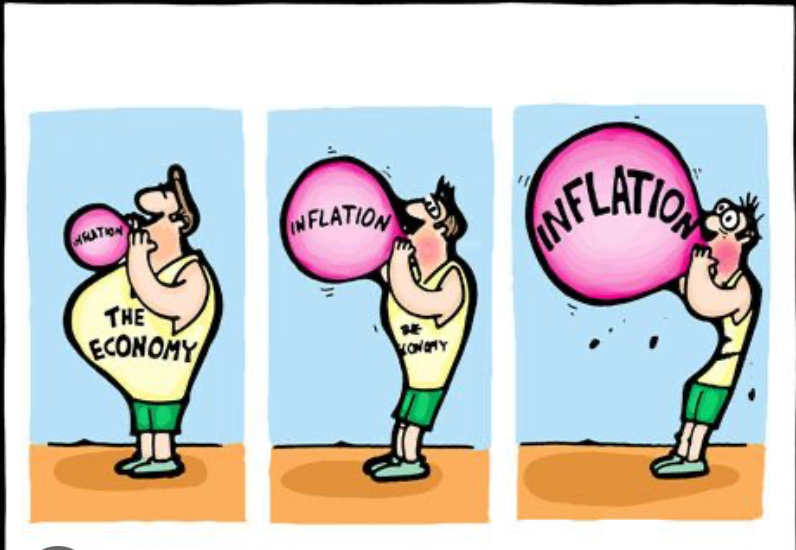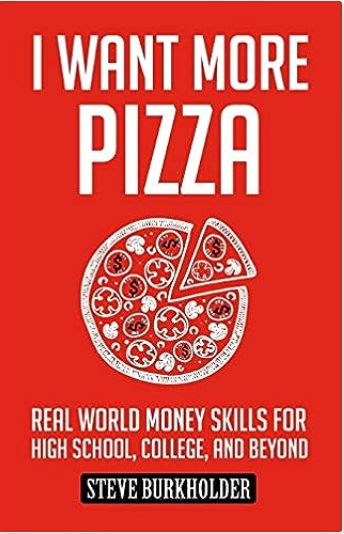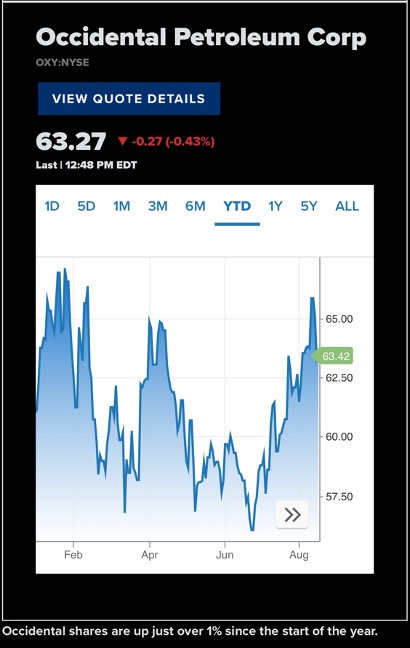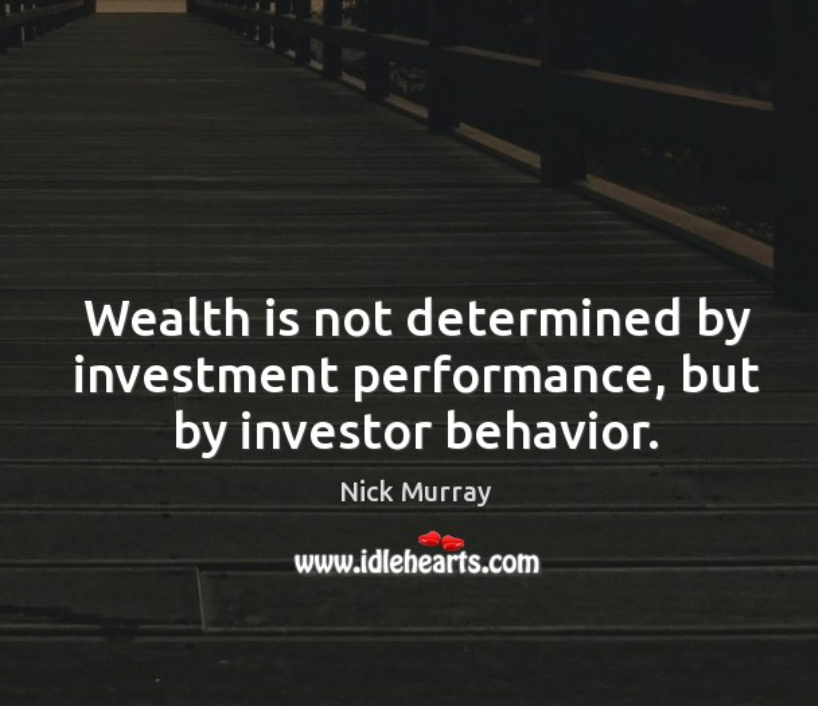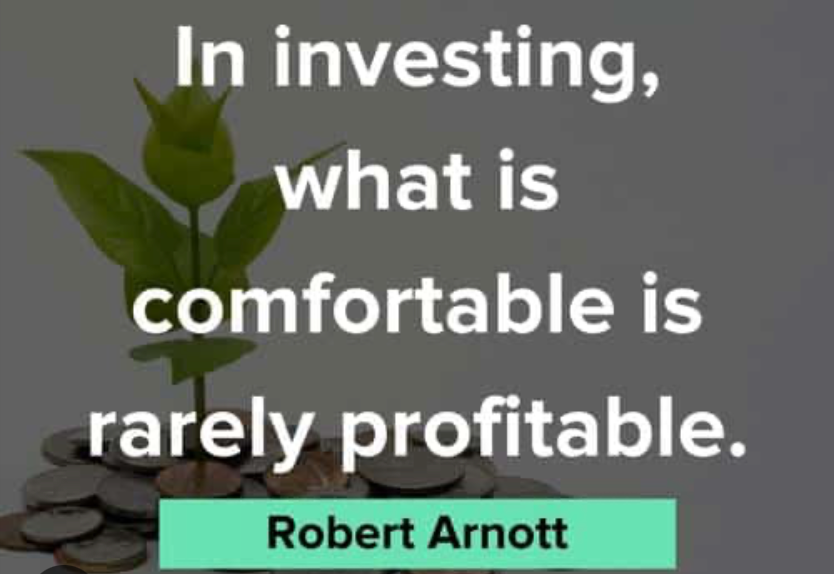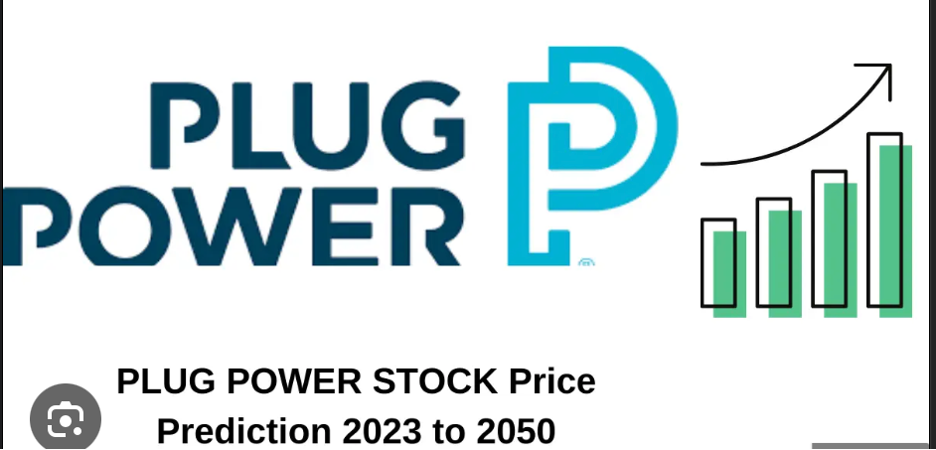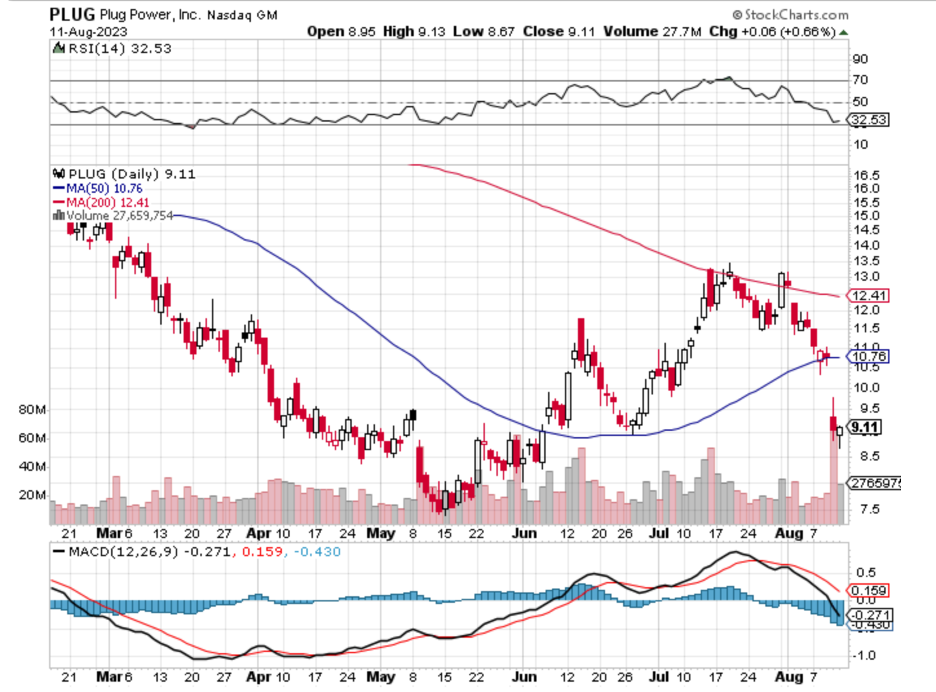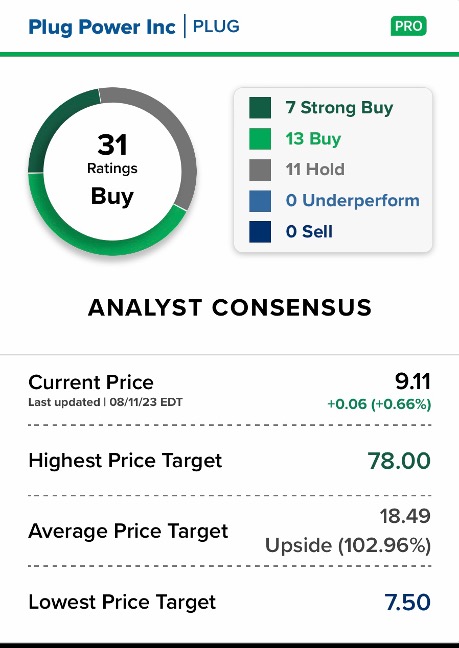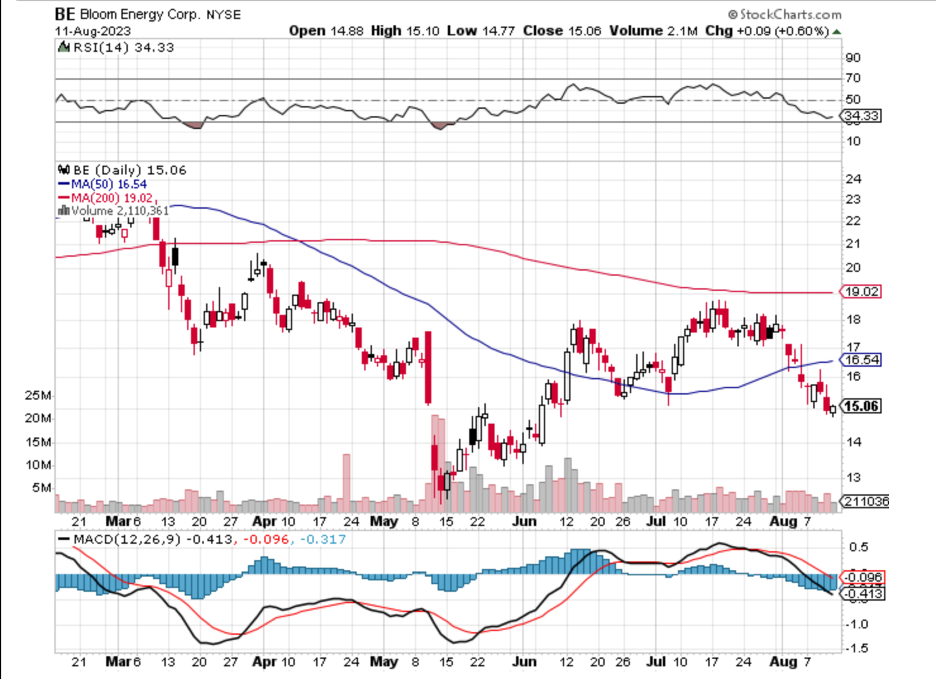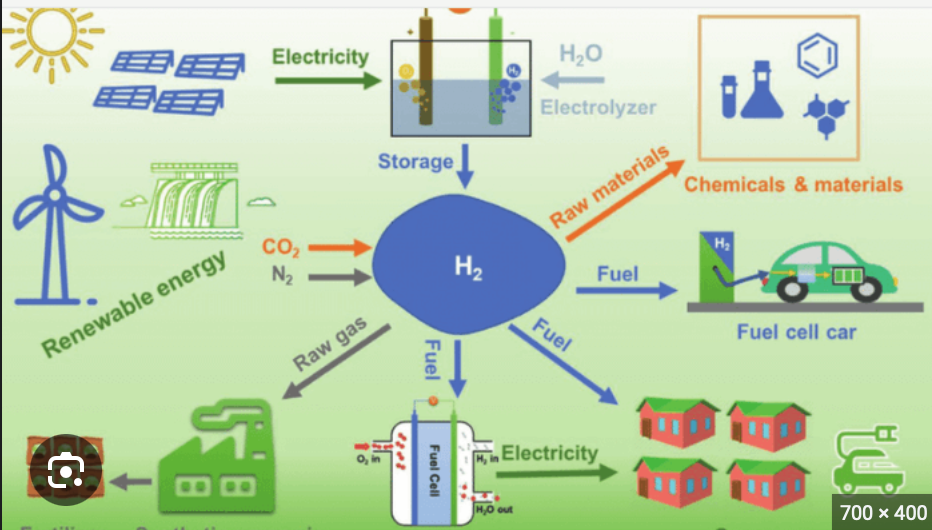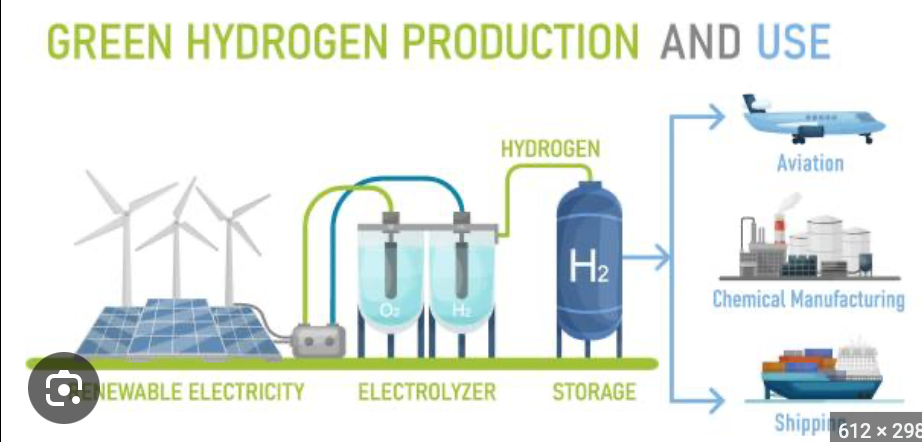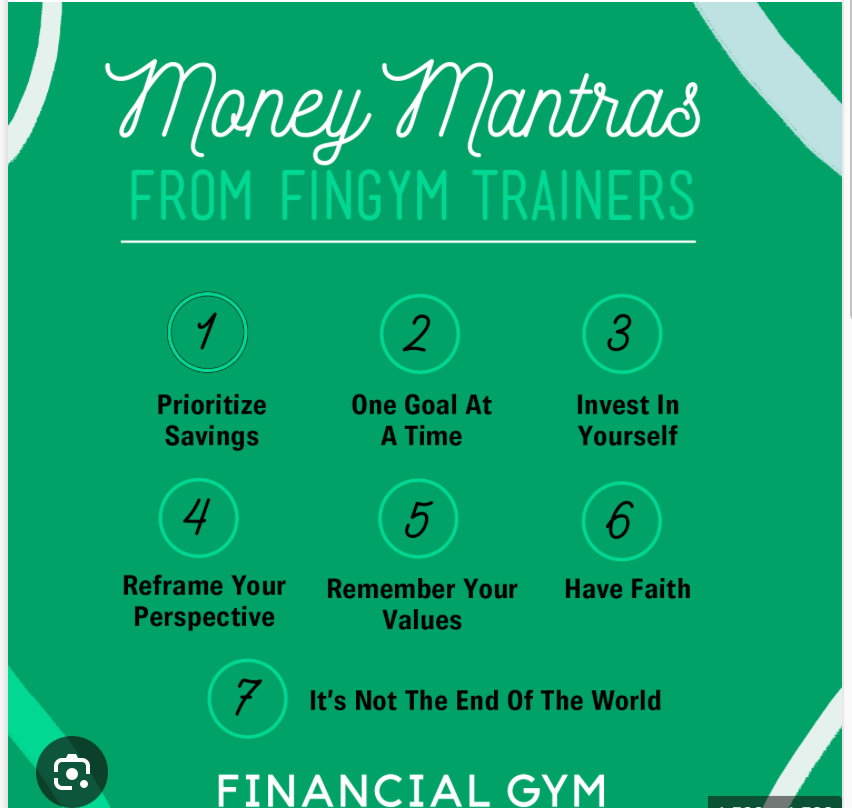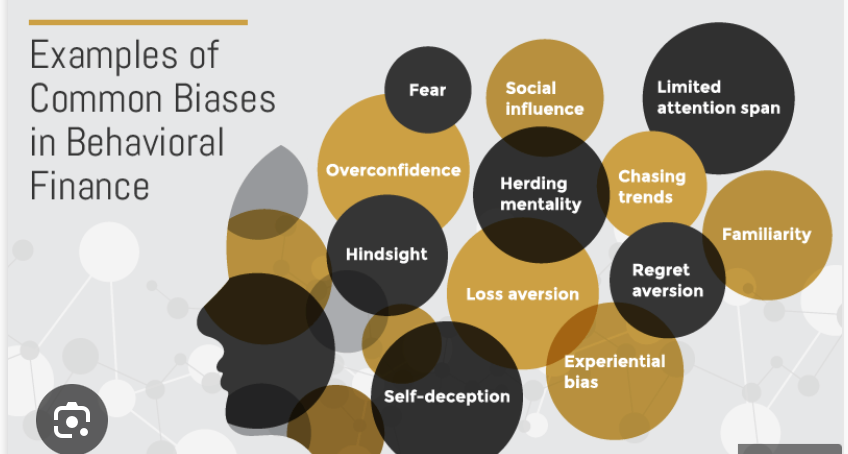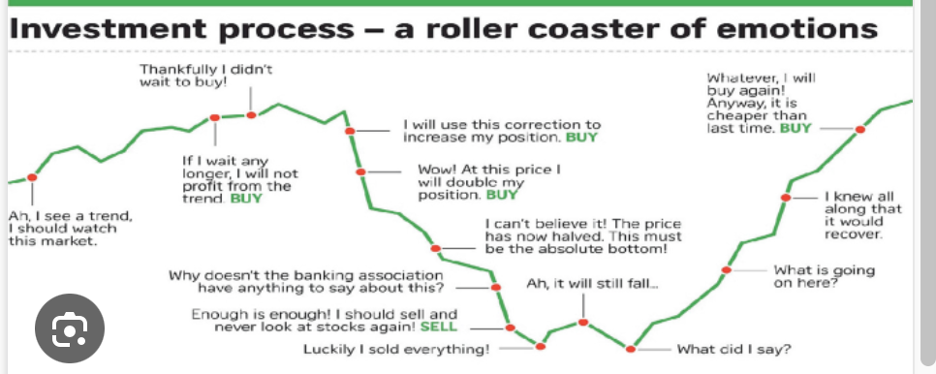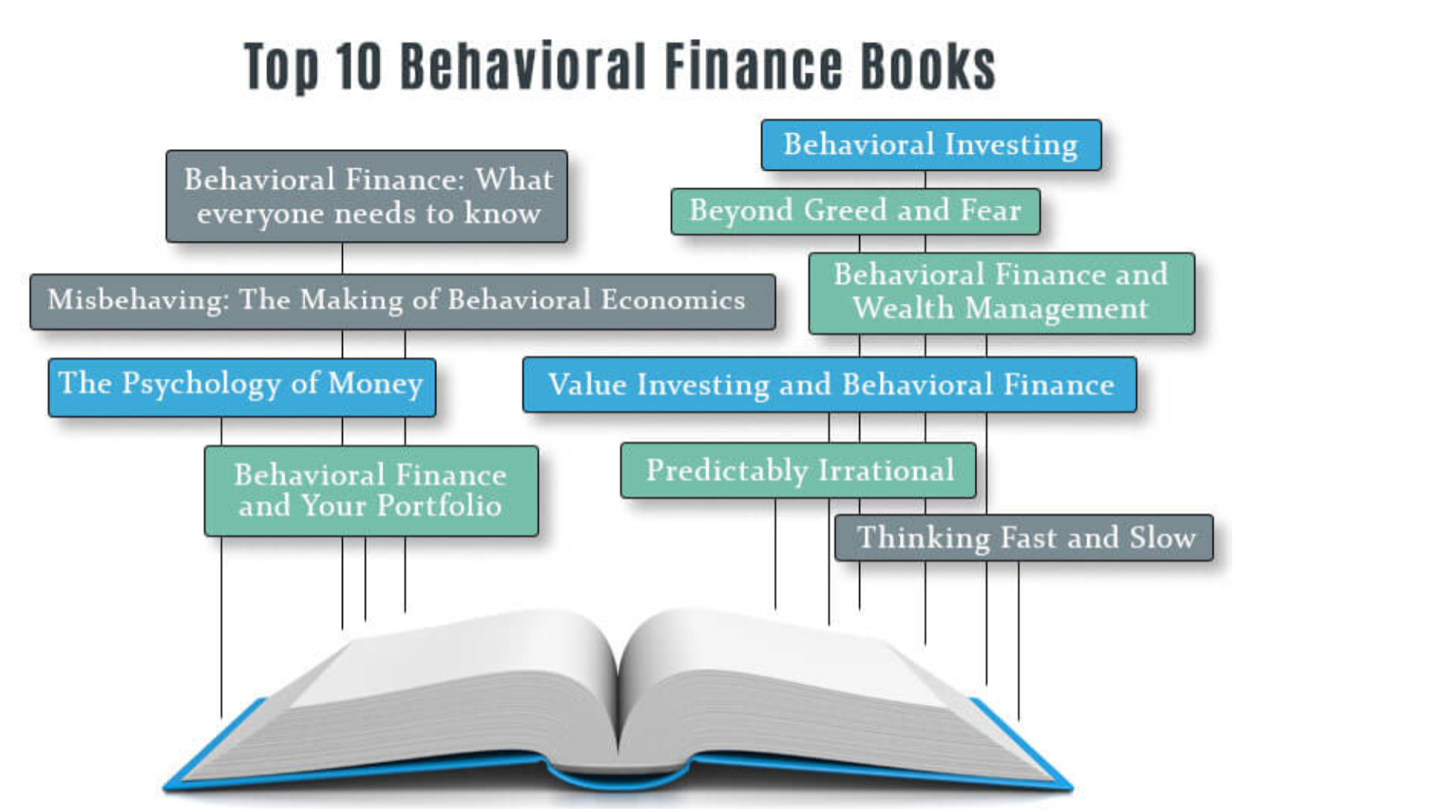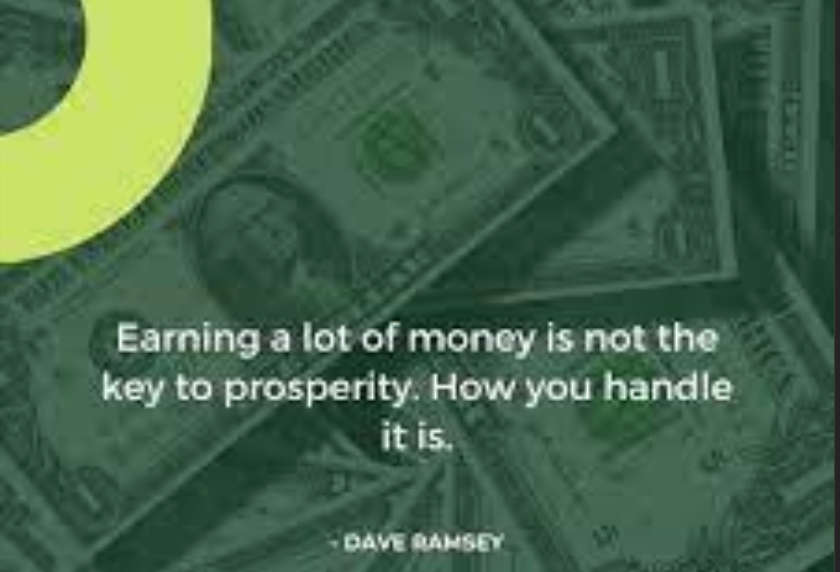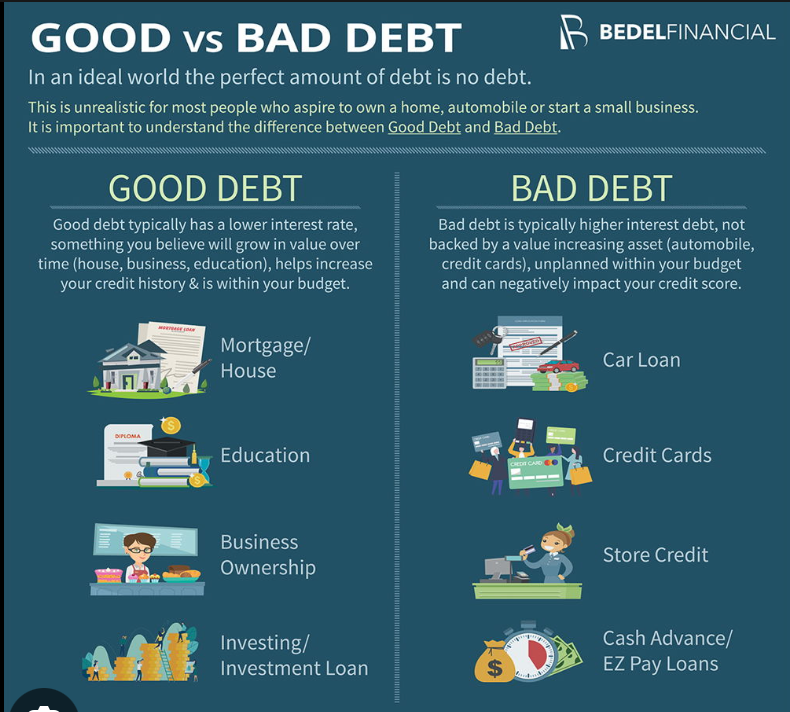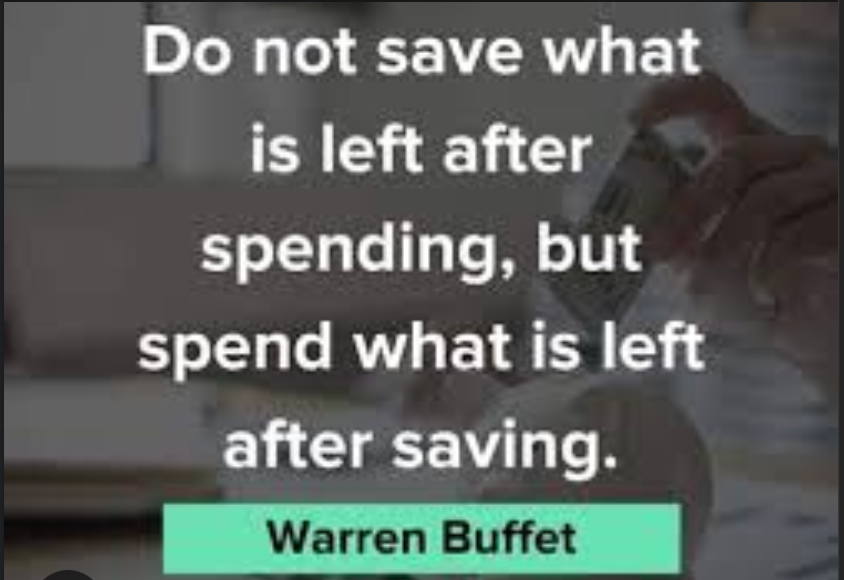(THE MARKET APPEARS TO BE IN A CONSOLIDATION PHASE AS INTEREST RATES CONTINUE TO BITE)
August 28, 2023
Hello everyone,
Welcome to a new week. A Non-Farm Payroll week. And the week after the Fed informed us that interest rates would keep rising. The hype about Nvidia's (NVDA) earnings was well and truly put in its place once Powell at Jackson Hole started his speech. Many are now scratching their heads – is this a bull or bear market?
It’s complicated. This year through July, the S& P has risen 19.5% for a total return, including dividends, of 20.7%. When the market hit its bottom on Oct. 11, 2022, and then rose into June 2023 to gain 20%, many thought that a new bull market had begun. But alas, the markets had other ideas. This pause in August has been a healthy lull – which may continue into September. Only in a fantasmagorical land would the market continue up without a pause. Let me remind you, we are part of the real world and markets will take a breath when they have run too hard. They are also responding to interest rate movements and other fundamental data. So, let’s interpret the market movement as a non-trending market, which is in a period of consolidation.
Are you anxious about the market movements? Then step back from your micro analysis of the markets and take the macro view. I often rant about taking the big picture view of the market because investors sometimes sell their stocks when markets are drifting or correcting off their highs. And when the market has fallen quite substantially, many investors are often too nervous to buy. There are times when we would all like to grab the market and shake it out of its annoying directionless movements, but the market always knows the way. We just must be patient enough to follow and understand there is a time to have a break and a time to buy. The time to sell is an individual thing because it depends on whether you are short-term focused or investing for the long term.
I am bullish on the markets in the long term.
If you are looking for somewhere to put some funds now, 90-day T-bills are a good idea. Make sure you hold some cash, so you can make great stock buys/option trades as we near the end of this consolidation phase of the market.
Since interest rates started rising many people worldwide have been struggling with the cost-of-living pressures. People in the U.S. and elsewhere are tossing up whether to pay the utility bill or buy food, students are doing without many things, so they can buy textbooks and retirees are canceling overseas travel in favour of shorter breaks in their own country. Yet, many businesses are short of staff. And they will probably stay that way. Who is going to work for $7.25 an hour when you may be able to drum up some business working in an online platform like Fivver or Superprof for triple that amount? Furthermore, Gen Z, and other generations increasingly see the financial markets as a way to invest and earn some cash flow. The pandemic was a jolt to the world economy, and people are now deciding what they are worth and sending that sentiment out to the community.
Housing is another area that shows a picture of extremes. I have just read about a 71-year-old woman who has rented a house for 25 years, and at the beginning of August, she received an eviction notice. The rate of homelessness in Australia has become extreme. And the statistics are startling. About 19,300 Australians aged 55 or over are currently homeless, and 440,000 older households will be unable to find or afford suitable housing by 2031 as shown by research from the Australian Housing and Urban Research Institute. The research goes on to show that the total number of people aged 55 or over with a mortgage debt is 1,504,793, a 63% increase in 10 years. The Australian retirement system is built on the assumption or the expectation that older people will own a home by the time they retire. This is increasingly not the case.
Some housekeeping:
As per your request on the survey, I connected many of you with your peer last week. I hope you have made contact and find the connection helpful. If you would like to be set up with a buddy to learn more about the markets and trading, please drop me an email to request it. My email is munroj1461@gmail.com
I will be holding a Zoom on Thursday this week. Although I will send out a blanket invitation to everyone, you are welcome to drop me a note and let me know if you can attend.
I am still working on the social get-together date.
Impact of interest rates and inflation on the country.
Wishing you all a great week.
Cheers,
Jacquie


